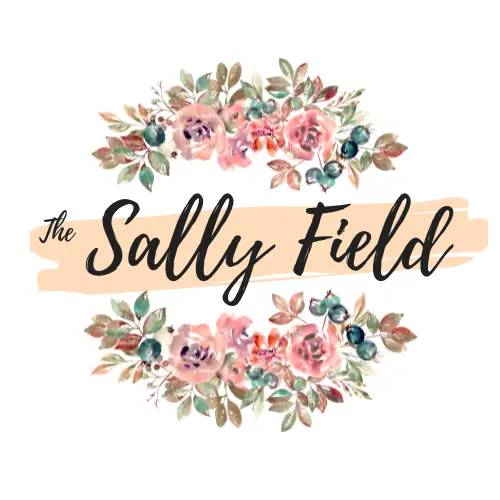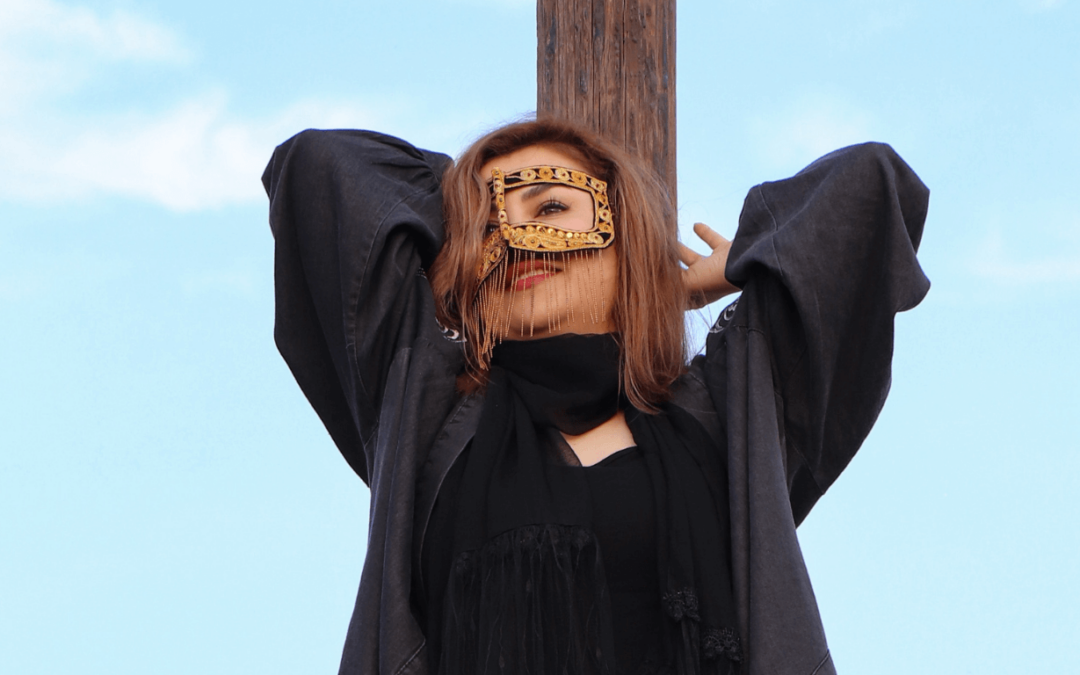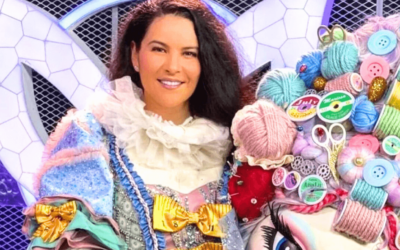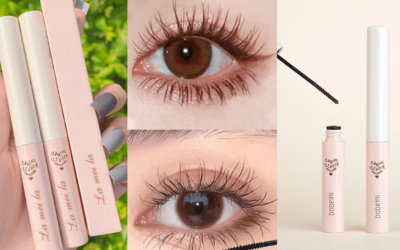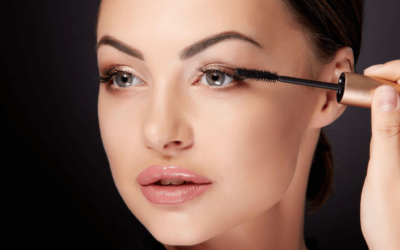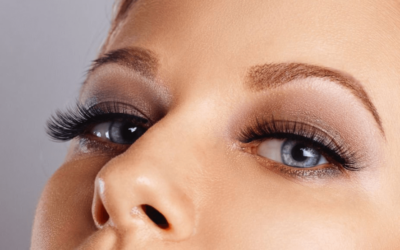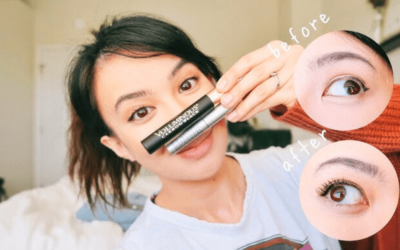Welcome to a thrilling journey through the mysterious realm of Mascara de Terror! In this blog post, we will delve into the captivating allure of this fascinating genre, its origins, iconic figures, and the spine-chilling experience it offers.
Brace yourself as we explore the dark corners and celebrate the macabre beauty of Mascara de Terror.
The Origins of Mascara de Terror
In order to truly appreciate the Mascara de Terror genre, we must first understand its origins.
Emerging from the depths of cinematic history, this genre found its roots in the early 20th century, when visionary directors and writers began experimenting with horror elements in films.
From the eerie German Expressionism movement to the atmospheric Gothic horror classics, the foundations of Mascara de Terror were being laid.
The Evolution of Mascara de Terror
Over the years, Mascara de Terror has evolved and transformed, captivating audiences with its dark, thrilling narratives and terrifying visuals.
From the iconic monsters of Universal Pictures’ golden age to the psychological horrors of the 21st century, this genre has continuously reinvented itself.
The evolution of special effects and storytelling techniques has played a pivotal role in elevating the terror quotient of these films.
Iconic Figures of Mascara de Terror
No exploration of the Mascara de Terror genre would be complete without paying homage to its iconic figures.
From the enigmatic Lon Chaney, the “Man of a Thousand Faces,” to the haunting performances of Boris Karloff and Bela Lugosi, these actors brought chilling life to some of the most memorable characters in horror cinema.
Their contributions have become the stuff of legends and have left an indelible mark on the genre.
The Art of Terror: Makeup and Visual Effects
A crucial aspect of Mascara de Terror lies in its stunning makeup and visual effects. Talented artists and technicians work diligently behind the scenes to bring terrifying creatures to life.
From intricate prosthetics to awe-inspiring CGI, these visual elements add depth and realism to the horror experience. The mastery of the craft contributes to the overall immersion and leaves audiences captivated and terrified.
Subgenres Within Mascara de Terror
Within the vast landscape of Mascara de Terror, numerous subgenres have emerged, each offering a unique twist on fear and suspense.
From supernatural horrors that make your skin crawl to slasher flicks that keep you on the edge of your seat, there is something for every horror aficionado.
Exploring these subgenres opens up a world of diverse storytelling and allows us to appreciate the versatility within the genre.
Cult Classics and Fan Culture
A testament to the enduring popularity of Mascara de Terror is the vibrant fan culture surrounding it. Countless cult classics have gained a devoted following over the years, with fans gathering at conventions and events to celebrate their favorite horror movies.
These passionate communities embrace the darkness and revel in the thrilling experiences offered by the genre, creating an atmosphere of shared enthusiasm and appreciation.
The Impact of Mascara de Terror on Pop Culture
Mascara de Terror has left an undeniable imprint on popular culture, permeating various forms of media beyond the realm of cinema. From literature and television to music and fashion, its influence can be felt far and wide.
The iconic imagery and themes associated with this genre have inspired countless artists and continue to shape the creative landscape to this day.
Conclusion
As we bid farewell to this captivating exploration of Mascara de Terror, we hope you’ve gained a deeper appreciation for the genre’s origins, its evolution, and the indelible impact it has had on the world of cinema and beyond.
Whether you’re a devoted horror enthusiast or a curious bystander, let the dark allure of Mascara de Terror continue to ignite your imagination and send shivers down your spine.
